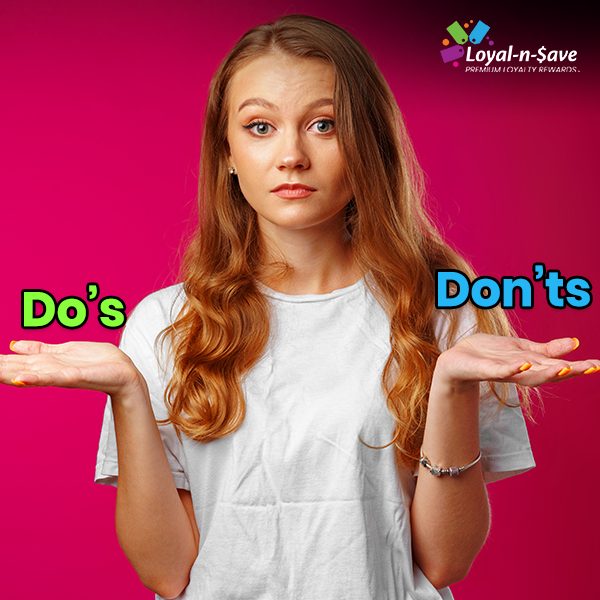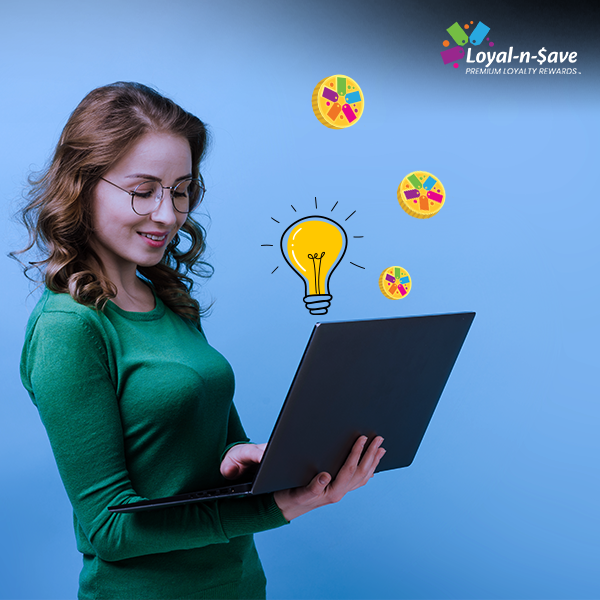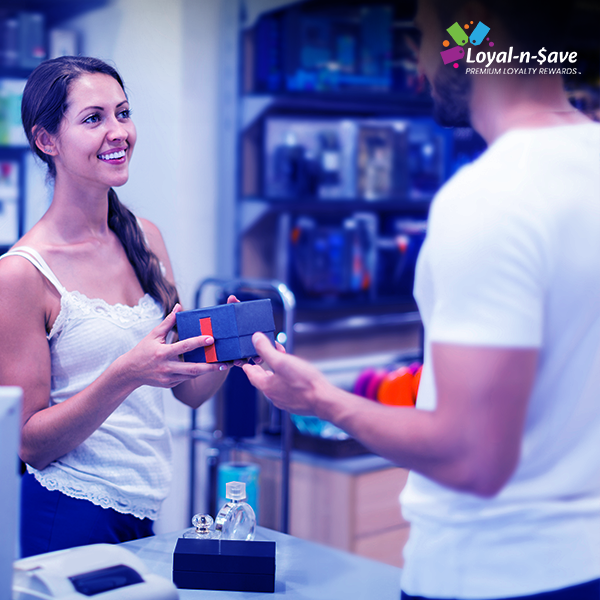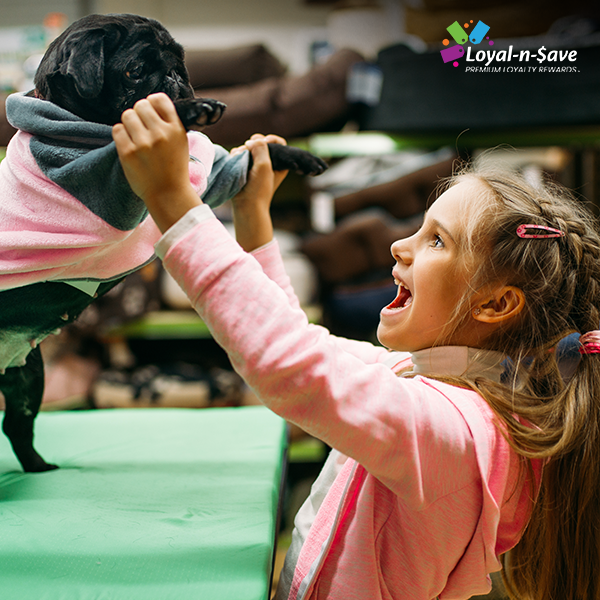How Optimized Email Marketing Boosts Customer Loyalty
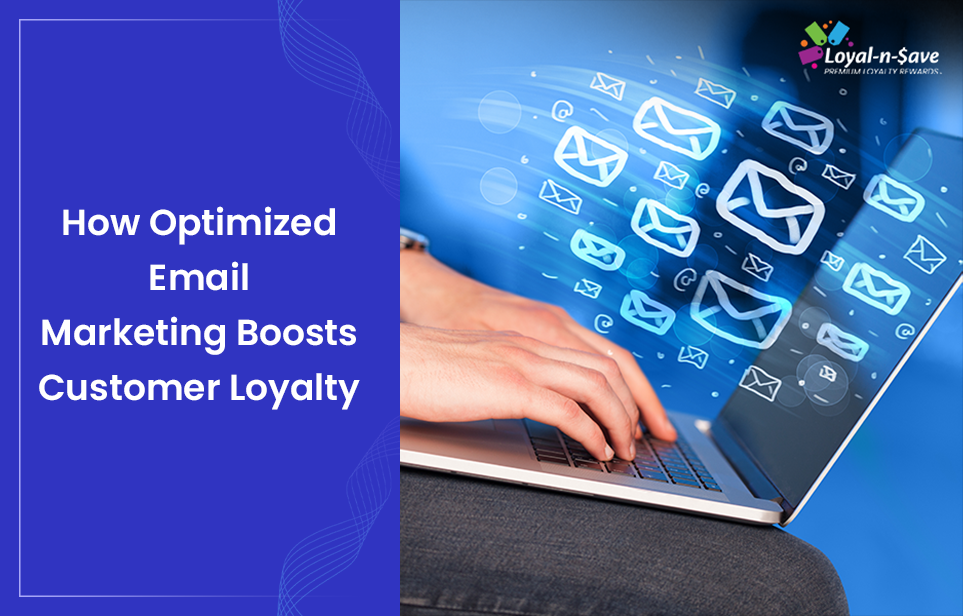
The gold standard for marketers to boost retention has been customer loyalty, which has been of utmost importance. According to Forbes, your chances of selling to a new customer are only between 5% and 20%; however, that rises to 60% to 70% for existing customers. This highlights the value of creating a rewards program to develop a retention strategy that places a premium on customer loyalty. This highlights the need of developing a rewards program to create a retention strategy that stresses customer loyalty.
Although a rewards program’s goal is to encourage loyalty, marketers ultimately want to keep customers interested and increase conversions. The key to defining engagement and increasing revenue is to create a loyalty program with an email marketing strategy. We’re all pretty much familiar with this idea. Most of the time, emails will arrive in our inboxes after joining a loyalty program. A lot of them are colorful and enticing, promising us freebies and incentives (and who can resist being enticed by a mouthwatering dish making eye contact with us through the screen?). There is no denying that emails are one of the best ways to engage with your brand community, increase conversions, and increase repeat business. This is because these messages have a true ability to captivate customers.
The following are a few approaches that marketers can implement to increase customer loyalty via email marketing:
Promoting through email to increase conversion
In this step, you should focus on your customers who aren’t enrolled in your loyalty. Customers would be more likely to sign up if there was a clear call to action and an explanation of the rewards and benefits of the loyalty program. After all, the majority of us frequently wonder, “How will I benefit from this?” Consider that you run a seafood restaurant and want to get customers to join your loyalty program. You might give them a small batch of free hush puppies as a welcome gift once they sign up. You may mention in the email that customers can easily access the discount through your restaurant’s app to place online orders or have it scanned at the restaurant. This is an example of how a brand might encourage shopping while promoting its loyalty program.
Operational emails to boost participation
Customers who are currently participating in your loyalty program should complete this task. The goal is to improve engagement in order to increase customer loyalty, which will eventually increase their frequency of purchases and increase sales. Consider TGI Fridays as an example. Just for signing up for Fridays Rewards, you receive a complimentary appetizer. Rewards begin at just 30 points, and there are many choices, in addition to earning $1 for every dollar spent and a free birthday treat. In this case, offering a benefit upon registration like a complimentary appetizer and obtaining more treats by earning points will encourage customers to keep going to TGI Fridays restaurants as they’re always one-step closer to acquiring another delectable reward to go along with their night out.
A warm welcome: You should send your customer a welcome email as soon as they sign up for the loyalty program. Similar to how TGI Fridays introduces their program, this email should provide customers with the essential information about your program or provide them free points or benefits to get them started connecting with your brand straight away. The goal is to establish a connection while providing information about the program’s operations.
Follow-up emails: 71% of businesses believe email to be a successful channel for retaining and gaining new customers, according to research. Building a relationship with your customers is essential for establishing brand loyalty, and email marketing campaigns are the most effective way to do it.
Activity-based points: Following every customer engagement with your company, such as a purchase, social media share, review, etc., you should send customers an email. These emails need to be distributed based on the predetermined actions in your loyalty program to boost customer engagement. In addition to serving as a reminder of your customers’ status, this email should also create gamification because the more informed they are about the program benefits, the more likely it is that they will engage with the brand and form a deep bond with it.
Reminder emails regarding expiring points: Customers could forget how many points they currently have in their account and whether they are nearing expiration. This doesn’t imply that they aren’t actively participating in your program. In actuality, customers today participate in numerous loyalty programs, therefore it is the brand’s duty to make sure their program is at the top of the customer’s mind. Marketers should notify customers by email when their points expire and offer ideas for what they could do with them. Let’s imagine, for instance, that you run a hair salon. An exclusive reward, such as a free eyebrow wax or a free hair product, could be obtained by a customer through a purchase or by redeeming points.
Boosting user-generated content: Brands are expected to send a tailored email to each customer who contributes user-generated content, highlighting the points that individual has accrued for everything from writing reviews to sharing photos and answering questions. This serves to remind the customer where they stand in the loyalty program and to motivate them to participate more and earn more points in order to advance to the next tier.
Reminder emails: When a customer is just a few points away from the next tier or incentive, you can send them a reminder email. Include the benefits offered at that tier, fostering a sense of urgency and encouraging customers to buy more. Typically, these emails are well-received by customers. Include a coupon for their next purchase as well to stimulate an immediate purchase.
Attract loyalty by integrating personalization
With the goal of increasing recurring business, this is targeted at people who are already interested in your brand. The initial stage is to group customers into several groups according to their shopping habits, tiers, frequency of purchases, demographics, and so on. This gives marketers useful information they can use to distribute promotions, perks, and other information through email campaigns.
Customized birthday rewards: Nothing is more enjoyable than giving a customer a treat on their special day. Dunkin’ Rewards, the rewards program from Dunkin’ Donuts, is a fantastic example of this concept. A member earns 3X points on purchases made the day before, the day of, or the day after their birthday.
Tier-based rewards: By giving customers incentives and perks, marketers should make their tiered loyalty program more engaging for customers. You can tailor the email campaigns and provide the incentive information based on the tier they are in. A VIP customer would be entitled to advantages like exclusive makeup lessons or an early peek at a new peppermint face scrub from their favorite salon in addition to benefits like increased earnings. These experimental rewards provide a sense of exclusivity and a deeper connection between the customer and the brand, which boosts engagement.
Emails only sent to inactive customers
The likelihood of inactive customers for brands is inevitable. There was once a segment of your customer base that was dedicated to your brand, but they eventually stopped using it. It is your responsibility as a marketer to remind them of the worth and advantages of your business, and the most effective method to do this is through emails that highlight your loyalty program. Marketers could conduct an A/B test with their emails, offering both monetary and non-monetary benefits, and then assess which offer connects best with their target audience. These advantages may inspire customers to interact with the company and develop strong brand loyalty.
Monetary incentive: You should reward your inactive customers by offering them gift cards, discount coupons, or reward points. They might be inspired to visit your website and interact with your business as a result.
Non-monetary incentive: Offer your dormant customers complimentary delivery and upgrades, an invitation to a private launch, or a one-on-one session (for example, a face mapping consultation for a facial). These benefits foster attachment and strengthen an emotional bond with the brand. The overall purpose is to rekindle a customer’s enthusiasm and establish a long-term relationship with the brand.
Conclusion
Through email campaigns, the loyalty program can be promoted, increasing engagement, conversions, and customer lifetime value. When it comes to creating a close relationship, friendly reminders, transparent communication, enticing incentives, and rewards all help a great deal. Through efficient email marketing, marketers can significantly boost customer engagement and build customer loyalty. Want to make this move but are unsure of how to start? Give Loyal-n-Save the job of doing it for you! A built-in campaign management tool, our Campaign Builder feature enables you to design distinctive loyalty campaigns for a variety of channels, monitor their effectiveness, and improve them for better outcomes. Want to explore more? Set up a consultation today with one of our specialists to experience an in-depth demo of the magic behind Loyal-n-Save!
This article was written by Loyal-n-Save, an omni-channel customer loyalty solution for retailers looking to increase customer retention and new customer acquisition.
Posted on Jun 12, 2022



